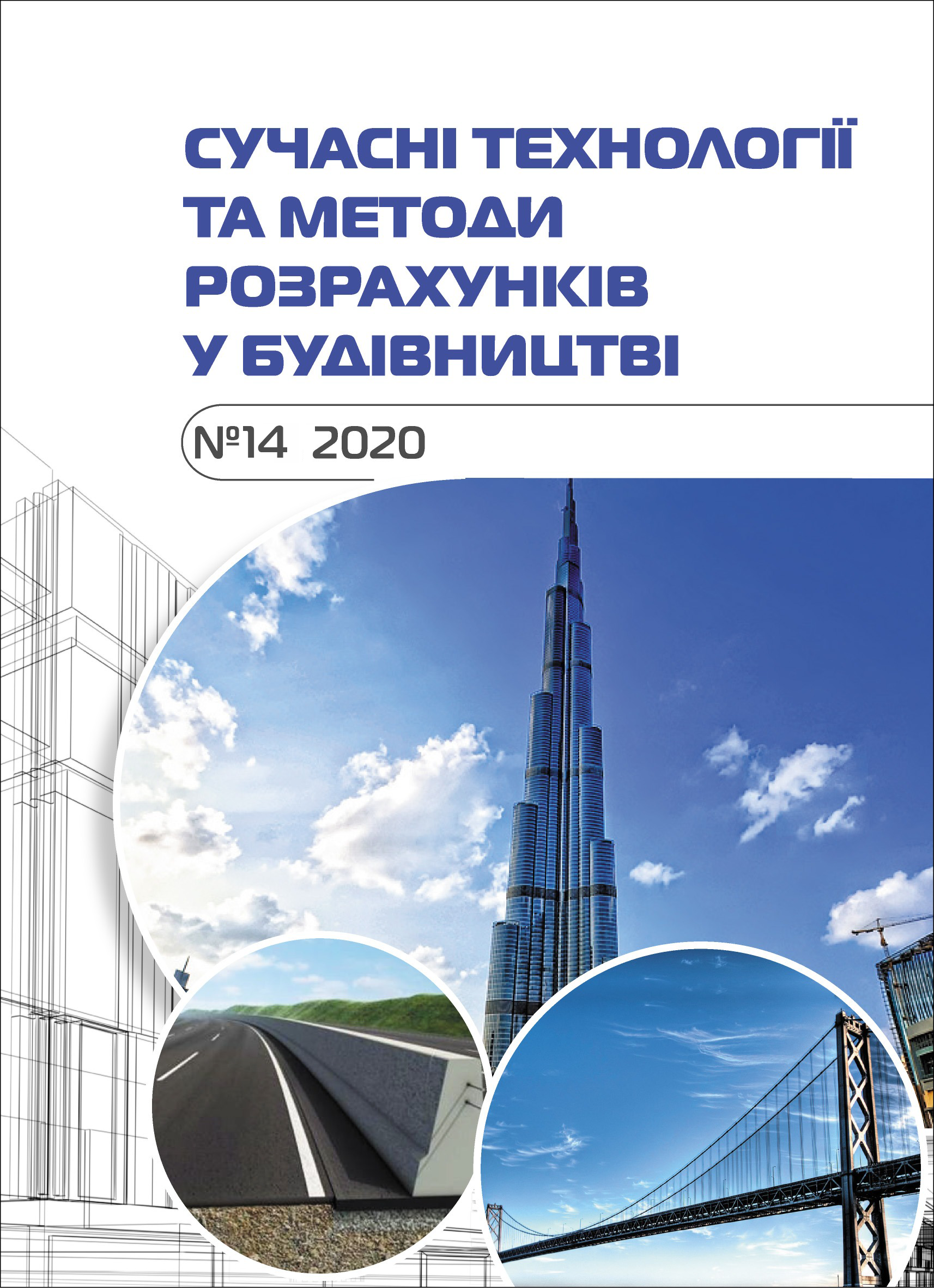Modern testing machines for investigation of wood and timber-based composite materials
Abstract
A detailed analysis of test machines and presses operating in both soft (increasing loads) and hard test mode (displacement increase) has been performed. The results of tests of deciduous, coniferous and tropical timber species on modern test machines of foreign production under a strict test regime were analyzed. The results of tests of timber and concrete on advanced presses of old production with the help of additional equipment are also given and analyzed. With the help of such equipment it is possible to build a "stress-strain" diagram completely on the ascending branch and partially on the descending branch. And also allows you to more widely establish the strength and deformation properties of concrete and timber. It was found that the influence of age on the main strength and deformation parameters has not been studied. In recent decades, testing machines and presses have begun to appear, which allow to investigate these or those materials from the beginning of loading and to its full destruction. That is, to analyze the work of different materials (metal, timber, concrete, etc.) on the ascending and descending branches, and in particular in the so-called supercritical stage of work.
At the end of the 20th century, scientists developed electromechanical and servo-hydraulic universal testing machines, which make it possible to test samples from the beginning of loading until complete destruction (rigid test mode for incremental displacements), while fixing all the necessary strength and deformation indicators on the ascending and descending branches of the diagram "stress - strain", setting the necessary modes and loading speeds. Measuring instruments determine the forces and deformations at different stages of testing and transmit the measurement results to the recording device or means of information accumulation. The characteristics of modern testing machines, in particular electromechanical and servo-hydraulic, are given: WDW (Time Group Inc.), INSTRON (USA), REM (Russia), LFM (Switzerland).
The possibilities of the STM-100 servo-hydraulic testing machine for the study of timber and composite materials based on it are described in detail..








